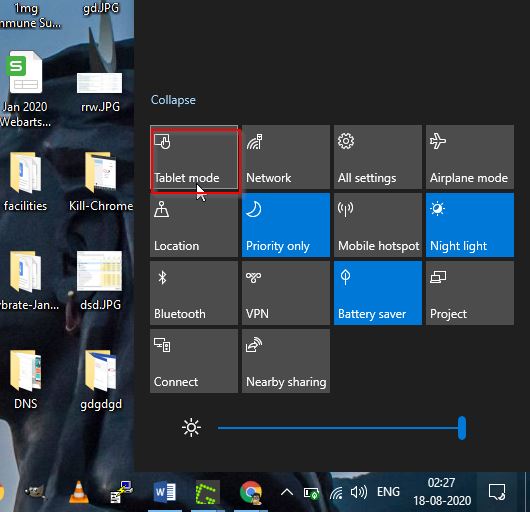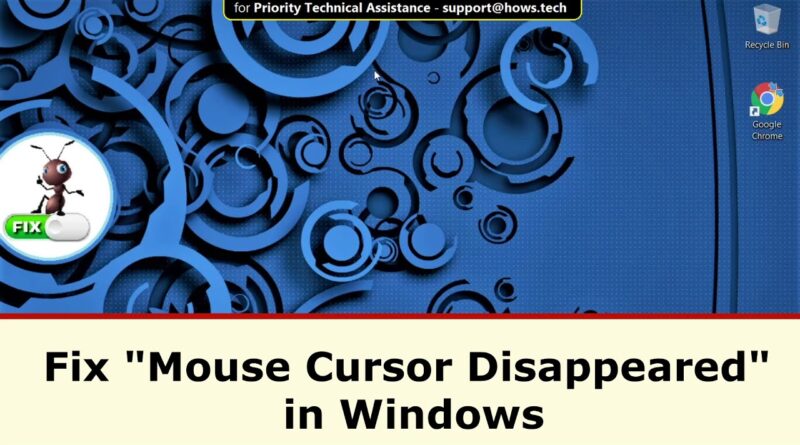

Note that this mouse is plugged into a non-Unifying receiver, so I've got two receivers plugged into two USB ports on the NUC.Īlso, I have done the troubleshooting steps that Logitech recommends multiple times. Plugged a Logitech M185 mouse into the NUC: same behavior. Plugged another M510 mouse into the NUC: same behavior, so I guess we can rule out a defective mouse/unifying receiver.Ģ.

Pasted here is information from BelArc Advisor, run today: I am fairly certain my NUC BIOS is up to date, although I haven't checked in about a year, so if someone is aware that Intel released anything new in the past few months, please let me know and I'll update it. I will do this now and if this issue magically disappears will update this.

NOTE: (KB4100403) is now being downloaded and installed, with a restart required.

Hotfixes from Microsoft Update (agent version 4.48) install automatically. I believe Windows 10HP 64-bit is up to date,. Note that I have moved the Unifying Connector amongst the USB ports on the NUC. This issue does not occur on my Samsung laptop when using the same keyboard, mouse and connector. I am using a Logitech K350 wireless keyboard & M510 mouse with the Unifying connector and current software Logitech - SetPoint version 6.67.83 (64-bit). I will add that Logitech technical support did mention that they had received this issue from others and they thought that it may be a Windows or Office issue, but I can find nothing on Microsoft's board about this issue with a cursory (NPI) search. Is anyone else with a similarly configured NUC experiencing this issue? All advice welcome. I believe I can now isolate this issue to the NUC, and not Windows, Logitech or MS Office software. MS Office (Word, Outlook & Excel), this website, browsing bars on multiple Internet browsers), requiring that I left-click the mouse to restore the cursor. Several months ago, my cursor (not the pointer) began disappearing whenever I was typing in multiple applications, i.e.


 0 kommentar(er)
0 kommentar(er)
